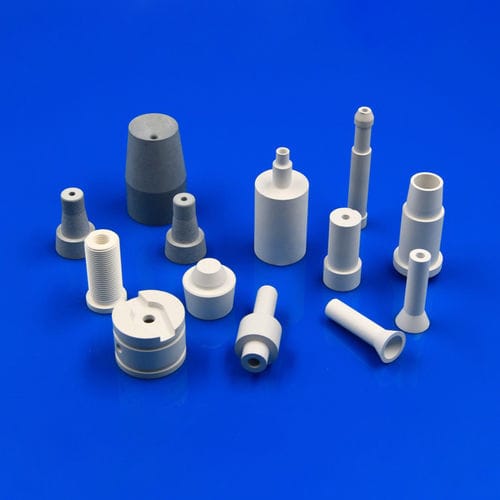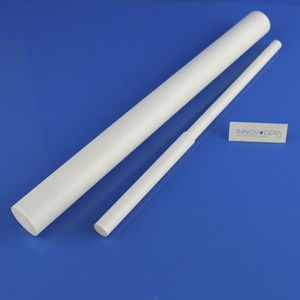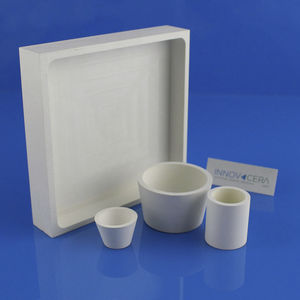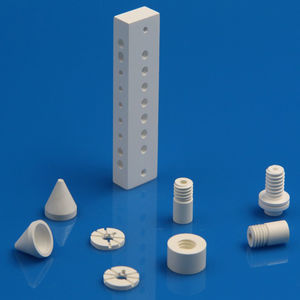
- Hydraulics - Pneumatics
- Pipe, Tube and Fitting
- Spray nozzle
- Xiamen Innovacera Advanced Materials Co., Ltd
- Company
- Products
- Catalogs
- Projects
- News & Trends
- Exhibitions
Boron nitride nozzle atomizingfor liquidsfor pharmaceutical applications
Add to favorites
Compare this product
Characteristics
- Function
- atomizing
- Fluid
- for liquids
- Material
- boron nitride
- Applications
- for pharmaceutical applications, for high-temperature applications
Description
Powder metallurgy has core process advantages such as high material utilization, low unit energy consumption, and environmental protection. It is a technology that is in line with the future direction of carbon neutrality.
In recent years, with the maturity of powder metallurgy technology and the trend of miniaturization of parts, two emerging process routes, metal injection molding (MIM) and 3D printing (AM), have rapidly emerged.
At the same time, the supply of high-quality powder raw materials has begun to become a major factor restricting the development of the industry.
Small and complex parts are undoubtedly more suitable for injection molding and 3D printing (particle size of 20μm or even smaller), and have been increasingly used in high-end fields such as aerospace, medical, electronics, and military industry.
Therefore, the preparation of metal powders with high purity, good sphericity, small particle size and narrow distribution, and low oxygen content has become a new focus in the industry. These parameters have a crucial impact on the quality of metal products.
1.Atomization powder making and nozzle
The water atomization, gas atomization, oil atomization, gas-water linkage atomization, and plasma atomization were developed and replaced the carbonyl method to become the mainstream.
The key component of atomization powder making is the nozzles, largely determines the atomization rate (fine powder yield), and then also determines the production efficiency and powder quality.
Catalogs
No catalogs are available for this product.
See all of Xiamen Innovacera Advanced Materials Co., Ltd‘s catalogsOther Xiamen Innovacera Advanced Materials Co., Ltd products
Boron Nitride Ceramic
Related Searches
- Piping
- Spray atomizing nozzle
- Tube
- Liquid atomizing nozzle
- Multi-jet atomizing nozzle
- Flat spray atomizing nozzle
- Industrial atomizing nozzle
- Nozzle for pharmaceutical applications
- Pneumatic atomizing nozzle
- Cylindrical sleeve bushing
- Rotary atomizing nozzle
- Aluminum pipe
- Injection molding machine single nozzle
- Insulation bushing
- Ceramic nozzle
- Bushing for industrial applications
- Ceramic bushing
- Alumina nozzle
- Bushing for the pharmaceutical industry
*Prices are pre-tax. They exclude delivery charges and customs duties and do not include additional charges for installation or activation options. Prices are indicative only and may vary by country, with changes to the cost of raw materials and exchange rates.


















